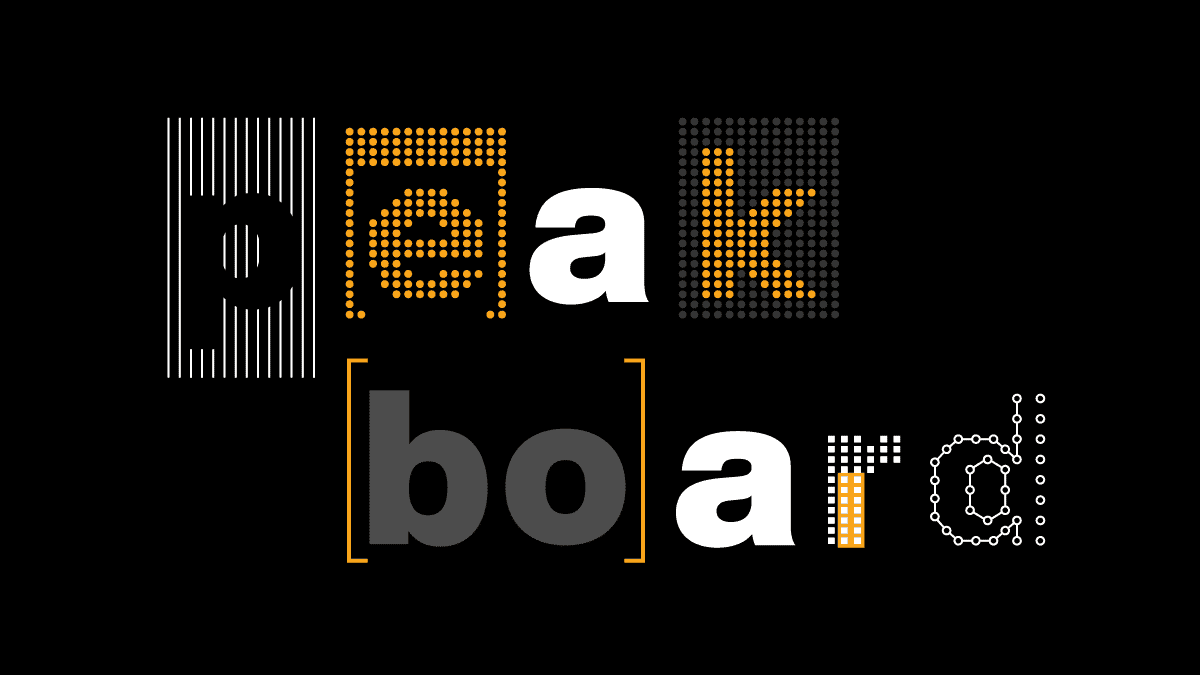
Ohne, dass wir es bemerken, beeinflussen Websites, Programme oder Apps unsere Wahrnehmung und dadurch auch unsere Handlungen. Der Grund dafür ist, dass sie auf eine bestimmte Art und Weise gestaltet und bestimmte Regeln befolgt wurden – die Gestaltprinzipien.
In diesem Blogpost zeigen wir dir anhand anschaulicher Beispiele, wie dir diese Gestaltprinzipien dabei helfen, ein ansprechendes und verständliches Dashboard zu designen. Anhand von einfach nachzuvollziehenden Beispielen werden dir diese die Kernelemente erfolgreichen Designs verdeutlichen.
In unserem Blogbeitrag „Ultimative Anleitung zur Auswahl der richtigen Kennzahlen für ein effektives Dashboard“ haben wir dir bereits gezeigt, wie du wichtige Informationen und Kennzahlen auf deinem Dashboard von unwichtigen unterscheidest, um dein Dashboard an den Bedürfnissen deiner Zielgruppe auszurichten. Im Blogpost zum Thema „Dashboard Design Grundlagen“ haben wir dir außerdem erste Design-Tipps für das perfekte Dashboard an die Hand gegeben. Heute soll es um Gestaltprinzipien gehen, mit denen du dein Dashboard Design auf die nächste Stufe hebst.
Die Gestaltprinzipien bieten einen psychologischen Ansatz dafür, wie das menschliche Gehirn visuelle Informationen wahrnimmt und ordnet. Die Theorie, die dahintersteht, wurde in den 1910er- und 1920er-Jahren vom deutschen Psychologen May Wertheimer und seinen Kollegen entwickelt. Seitdem hat sie Eingang in verschiedene Bereiche gefunden, unter anderem in die Designtheorie.
Die Gestaltprinzipien befassen sich mit der Wahrnehmung von kohärenten Objekten und gehen von der Tatsache aus, dass der Mensch bei der Verarbeitung von Informationen auf Erfahrungen zurückgreift. Wenn wir etwa ein Gemälde betrachten, sehen wir nicht einzelne Pinselstriche, sondern das gesamte Bild.
Wenn Grafikdesigner und -designerinnen also verstehen, wie Betrachtende visuelle Informationen interpretieren, können sie die Gestaltprinzipien bewusst einsetzen, um visuelle Beziehungen hervorzuheben und effektiver zu kommunizieren.
In der Gestaltpsychologie wird die menschliche Wahrnehmung als Fähigkeit beschrieben, Strukturen und Ordnungsprinzipien in Sinneseindrücken auszumachen. Diese werden mit den sogenannten Gestaltprinzipien definiert. Sie liefern eine Erklärung, warum wir Grafiken als sinnvolle Gruppierungen und nicht als Anhäufung von Pixeln und Punkten sehen. Es gibt mehrere duzend Gestaltprinzipien – nachfolgend werden die wichtigsten 6 aufgezählt, die für die Gestaltung eines Dashboards eine Rolle spielen.
Melde dich jetzt zu unserem Newsletter an!
Elemente auf deinem Dashboard können sich in Farbe, Form, Größe oder Ausrichtung gleichen oder ähneln.
Dabei werden Elemente, die ähnlich sind, von unserer Wahrnehmung gruppiert und als zusammengehörig wahrgenommen. Gleichzeitig werden Elemente, die sich in ihren Merkmalen unterscheiden, als unabhängig voneinander wahrgenommen.
Räumliche Nähe kann Elemente als Teil einer Einheit wirken lassen. Nutze dieses Wissen für dein Dashboard, indem du verwandte Elemente nah beieinander platzierst.
Übrigens können sich die Gestaltprinzipien auch gegenseitig aufheben. So werden nahe beieinander liegende Elemente, selbst wenn sie unähnlich sind, oft als Teil einer Gruppe wahrgenommen.
Durch bewusstes Hervorheben eines Merkmals können einzelne Elemente von anderen Elementen deines Dashboards abgehoben werden. Arbeite also beispielsweise mit Farben oder Varianz in der Größe der Elemente, um sie dadurch in den Vordergrund zu rücken.
Das Gehirn füllt automatisch fehlende Linien auf oder setzt sinnvolle Fortsetzungen fort. Deshalb neigen wir dazu, Objekte, die entlang einer durchgehenden Linie angeordnet sind, im Vergleich zu anderen Figuren als zusammenhängend wahrzunehmen. Das ist auch der Grund, warum Tabellenzeilen und -spalten auch ohne Trennlinien als solche erkannt werden können.
Elemente, die innerhalb einer gemeinsamen Region liegen, werden als zusammengehörig gesehen. Sobald du also einen Rahmen oder eine optische Abgrenzung, z. B. in Form von Farbflächen oder Konturlinien um einzelne Elemente legst, ändert sich die Gruppierung.
Miteinander verbundene Elemente werden als eine Einheit wahrgenommen. Das Prinzip der Verbundenheit kann die Prinzipien der Nähe und der Ähnlichkeit übertrumpfen. Einzelne Elemente auf dem Dashboard kannst du so ganz einfach einander zuordnen, zum Beispiel, um Abfolgen verschiedener Prozessschritte anzuzeigen.
Ganz klar – nein. Behalte aber im Hinterkopf, wie die Psychologie des Designs im menschlichen Gehirn funktioniert und welche Auswirkungen dies auf den Betrachter oder die Betrachterin haben kann. Anstatt deine Elemente also wahllos auf deinem Dashboard zu verteilen und anzuordnen, solltest du dich vorab fragen:
Und, hast du dir alles gemerkt? Nachfolgend findest du eine kurze Checkliste zur besseren Einprägung und direkten Umsetzung:
Carla ist seit 2020 Teil des Peakboard Marketing Teams und jongliert jede Art von Content – von E-Mail-Marketing bis Social Media.